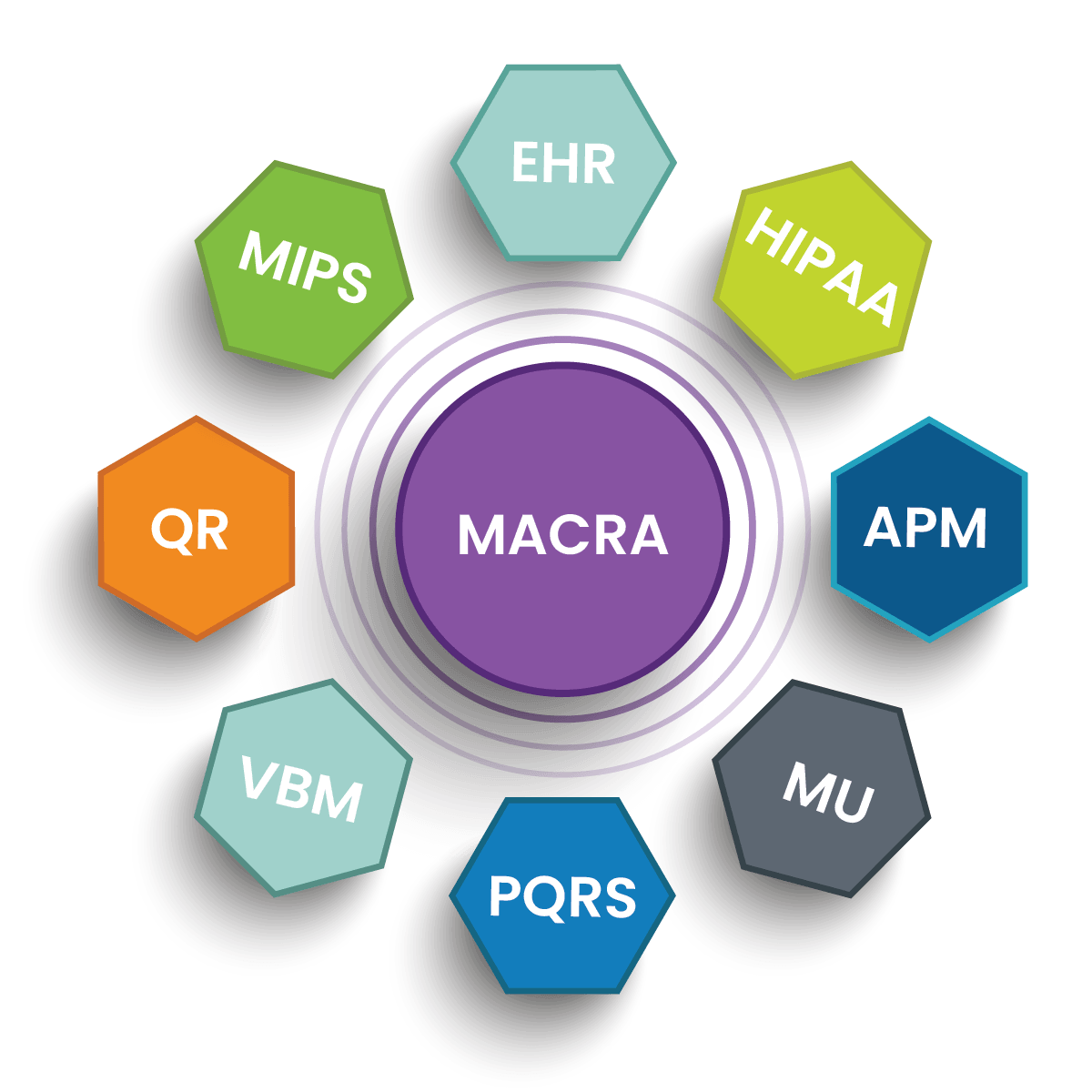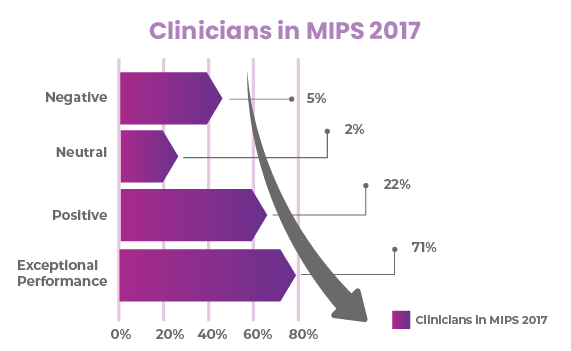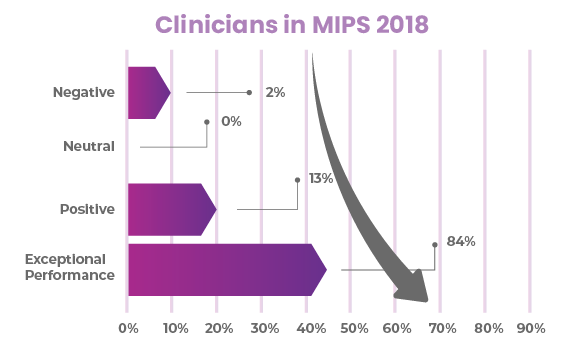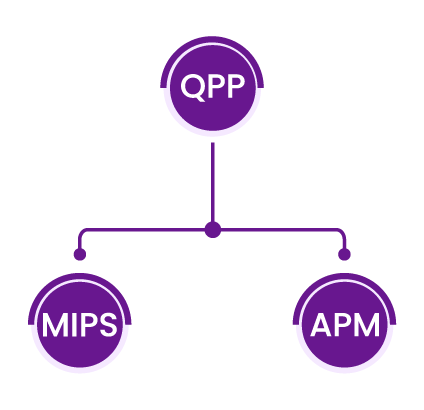MIPS in healthcare not only brings incentives and bonuses but also builds a strong reputation for your practice. The only alternative is the other track – Advanced Alternative Payment Models (APMs). If you are eligible, you must submit MIPS to avoid penalties, which can cut thousands from your Medicare reimbursements. Hardship exceptions still apply, especially for practices in rural or underserved areas.
The Medicare Access and CHIP Reauthorization Act (MACRA), signed into law in 2015, continues to drive MIPS and all that comes with it. For 2025, the performance threshold remains 75 points to avoid a penalty, with a maximum negative adjustment of –9%. The exceptional performance bonus has ended, while incentives for APMs are being phased down.
MIPS 2025 emphasizes quality, cost, interoperability, and improvement activities, with new specialty pathways (MVPs) available and simplified requirements for small practices. The reporting window stays open until March 31, 2026. In the end, MIPS is about quality, value, and accountability—giving practices everything to gain by reporting successfully.






Since each of the MIPS performance categories has to undergo reporting for a specific period, P3 Healthcare Solutions, Ontario, CA knows what it takes to report them. We are not only a medical billing service but have undergone PQRS successfully in the past before 2017.
As a plastic surgeon, dentist, orthopedic, pediatric, family medicine physician, physical therapist, urologist, psychiatrist, ophthalmologist, nephrologist, neurologist, pain specialist, optometrist, gastroenterologist, cardiologist, chiropractic, pathologist, cardiothoracic surgeon, radiologist, physiologist, gynecologist, obstetrician, rheumatologist, endocrinologist, and public health specialist, reporting MIPS is the easiest through a MIPS Qualified Registry such as ours.


MIPS data submission requires you to choose one of the collection types first. With us, clinicians get to choose MIPS CQMs (Clinical Quality Measures) to report ahead. Proper validation and verification of the measures to report have to happen to score above 75. That is where the incentives are, with bonuses to follow.
As a third-party intermediary, P3 follows tradition with excellence and submits on behalf of practices. You have an option to report CMS MIPS Quality measures as an individual or a group.
CMS recognizes registries and approves them year after year based on set standards criteria. On the whole, a MIPS consulting firm, which is also a registry, is your answer to care-free and accurate submissions. In this way, you do what you are meant to do, i.e., look after your patients.

MVPs are a newer reporting path under the MIPS (Merit-based Incentive Payment System), designed to better align measures and improvement activities by specialty, clinical condition, or patient population. MVP participation is voluntary in 2025. The same four performance categories still apply: Quality, Cost, Improvement Activities (IA), and Promoting Interoperability (PI). In addition, MVPs include a foundational layer made up of population health measures and PI measures that are common across MVPs.
From the CMS 2025 MVP Registration Guide:

As a MIPS Qualified Registry, we have come up with three packages to cover every reward that is out there in the name of this program.
A health IT expert spends 30 minutes with you on the phone to understand the clinical workflow and requirements
Shortlisting measures and informing the practice manager of the reporting activity
We take care of the Cost component making sure no workload is on your practice
Self-educating ourselves through feedback based on TIN level QRUR reports
Regular reporting of updates in terms of compliance and CMS reporting criteria
In 2025, eligible clinicians get to choose and report out of 199 MIPS Quality measures. These measures are available through a range of collection types, one of which is a MIPS registry. As a MIPS consultant, it is on us to report most efficiently for you to score high and handsome. In short, it is a burden-free MIPS data submission method leveraging ease, peace of mind, and incentives at the same time.
In 2022, while we submit your data before the deadline, you can expect up to 5% incentives with P3 Healthcare Solutions.
Because it is hassle-free. You don’t have to take the burden of reporting, instead, it is the registry that takes the stress on your behalf. CMS-recognized registries establish, verify, and validate data as per the requirements of your specialty or practice.
First, your eligibility has to confirm. Second, you have to share your input in selecting measures. MIPS full form in healthcare returns profits on your Medicare reimbursement resulting in increased revenue. Give us a call; we won’t take much of your time and get right to it.
Not at all. It’s pretty easy on the pocket. However, it is not a one-size-fits-all thing with the pricing. Since your practice may have more than one clinician who has to report MIPS, prices vary. Besides, they also vary from specialty to specialty. Therefore, it is best to leave your info such as NPI, the best time to call, whom to talk to at info@p3care.com; and, we’ll try to back to you as soon as we can.


